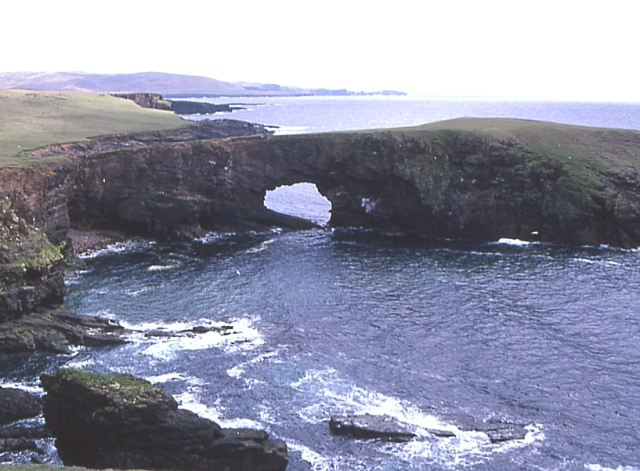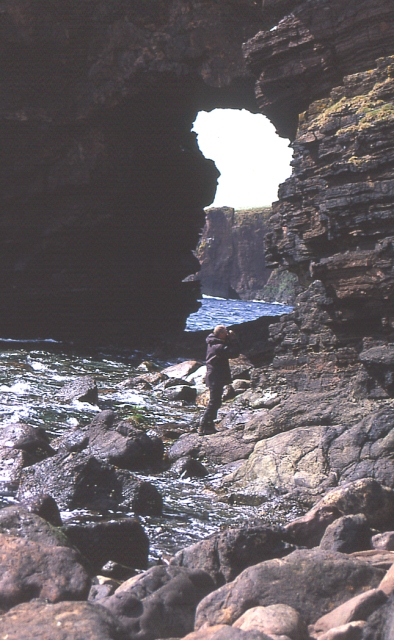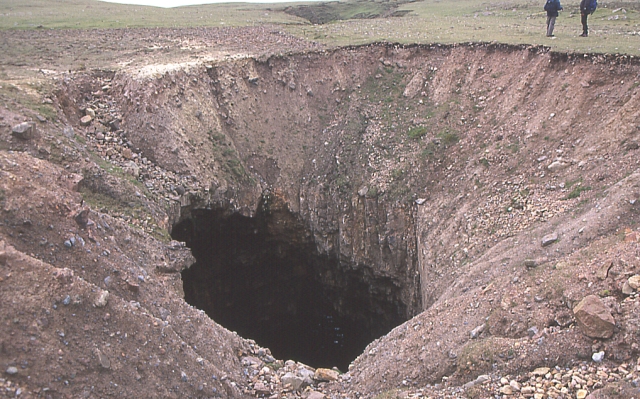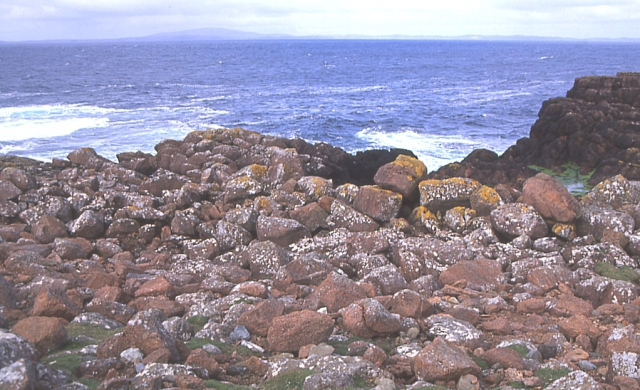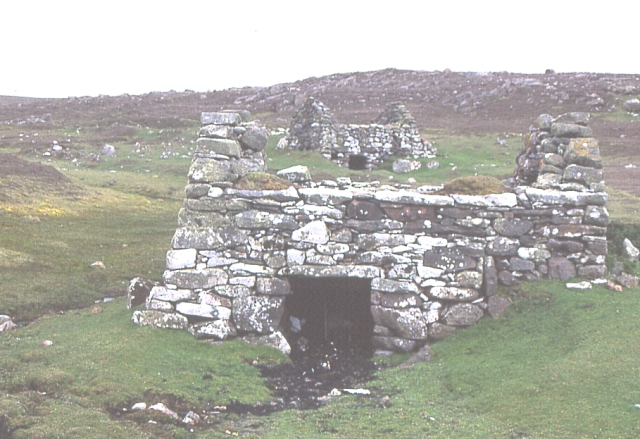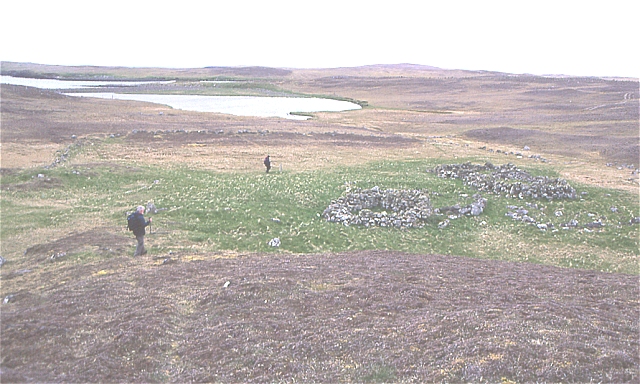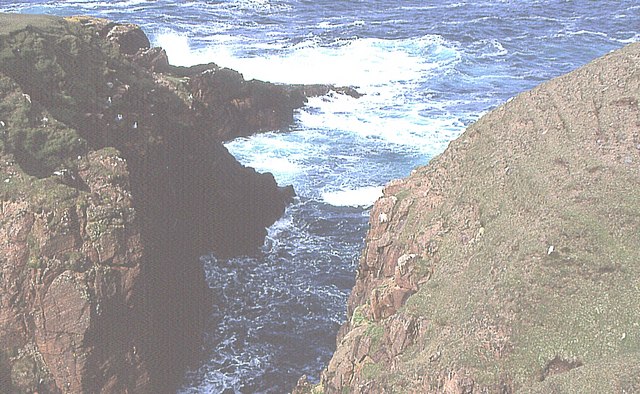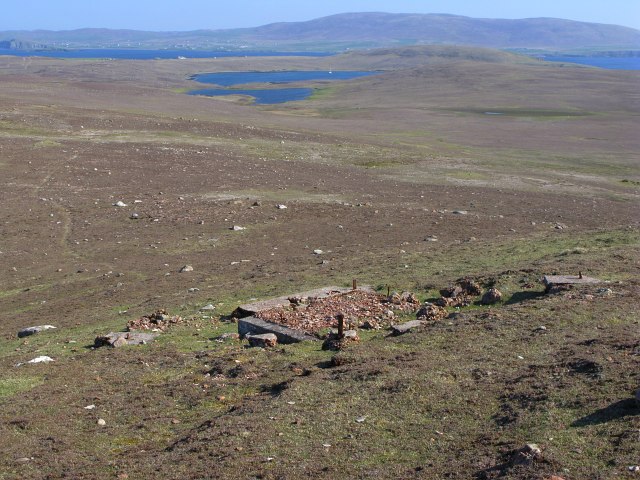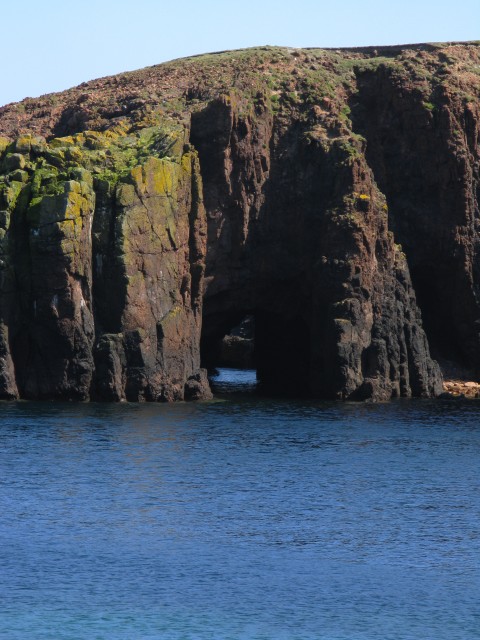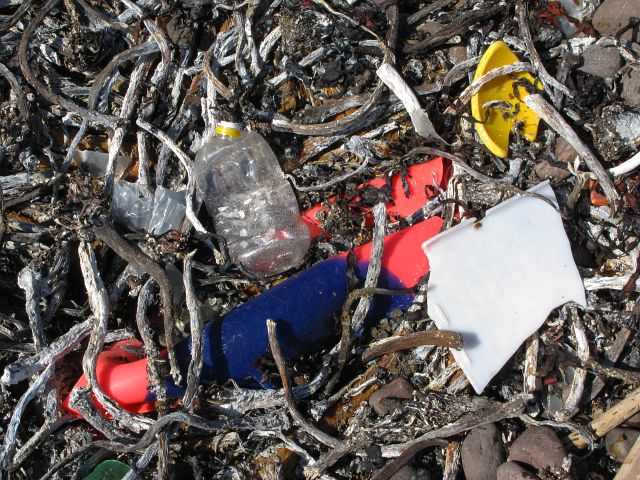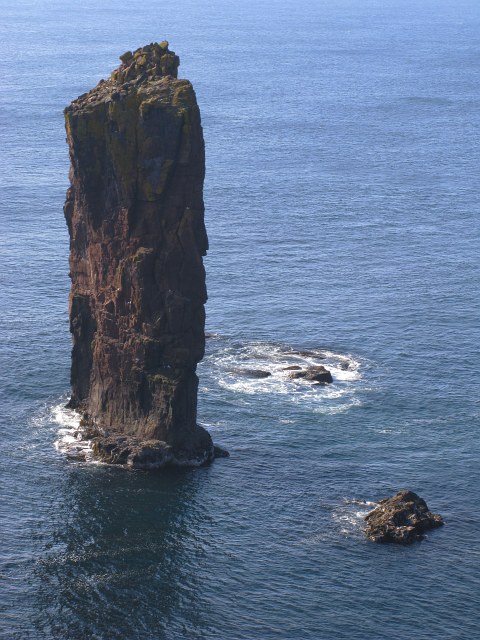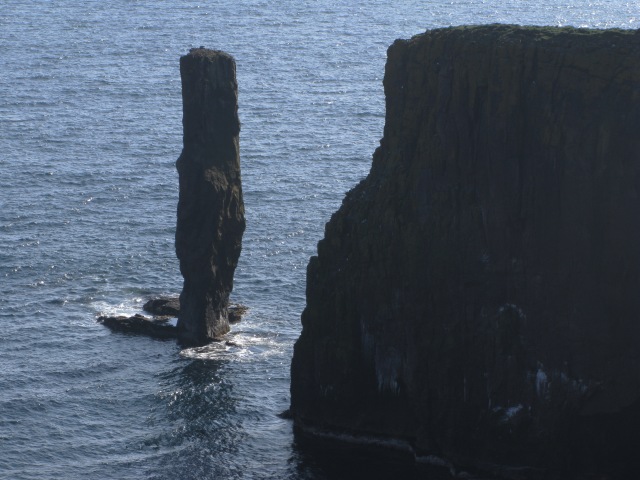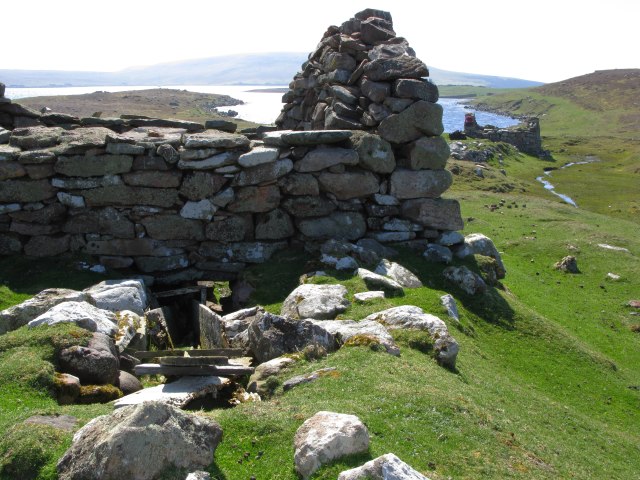Virda Field
Hill, Mountain in Shetland
Scotland
Virda Field
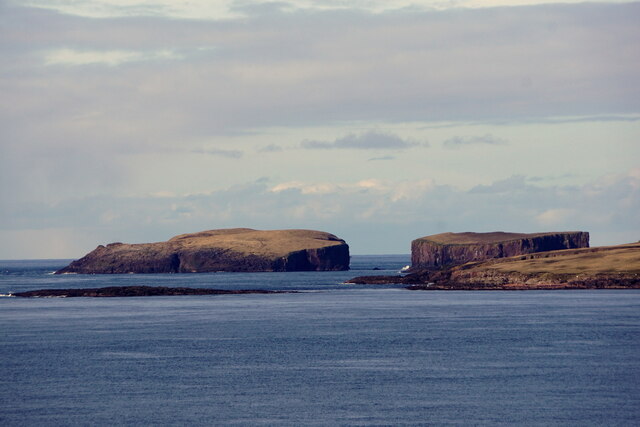
Virda Field is a prominent hill located in Shetland, Scotland. It is situated in the central part of the Shetland mainland, near the village of Voe. The hill is known for its rugged terrain and stunning panoramic views of the surrounding countryside and coastline.
Virda Field stands at an elevation of approximately 284 meters (932 feet) above sea level, making it one of the highest points in the area. The hill is characterized by its steep slopes, rocky outcrops, and heather-covered moorland. It is a popular destination for hikers and outdoor enthusiasts looking to explore the natural beauty of Shetland.
The name "Virda Field" is believed to have originated from the Old Norse language, with "Virda" meaning "stony" or "rocky". This is fitting given the rocky nature of the hill's terrain. The hill is also known for its rich biodiversity, with a variety of plant and animal species thriving in its diverse habitat.
Overall, Virda Field is a picturesque and challenging outdoor destination offering visitors the opportunity to immerse themselves in the rugged beauty of Shetland's landscape.
If you have any feedback on the listing, please let us know in the comments section below.
Virda Field Images
Images are sourced within 2km of 60.341163/-1.7256414 or Grid Reference HU1561. Thanks to Geograph Open Source API. All images are credited.
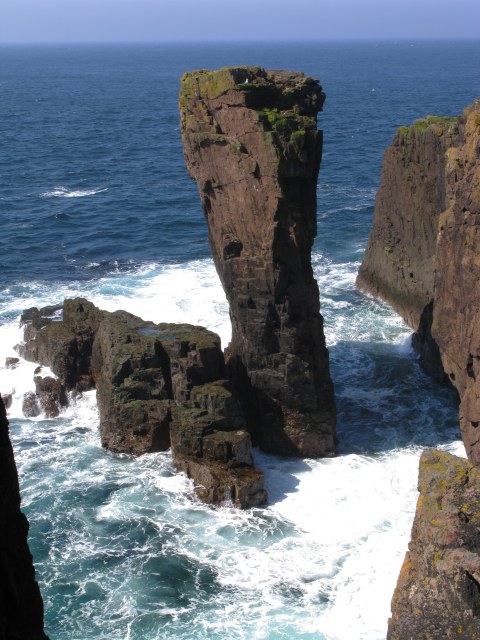
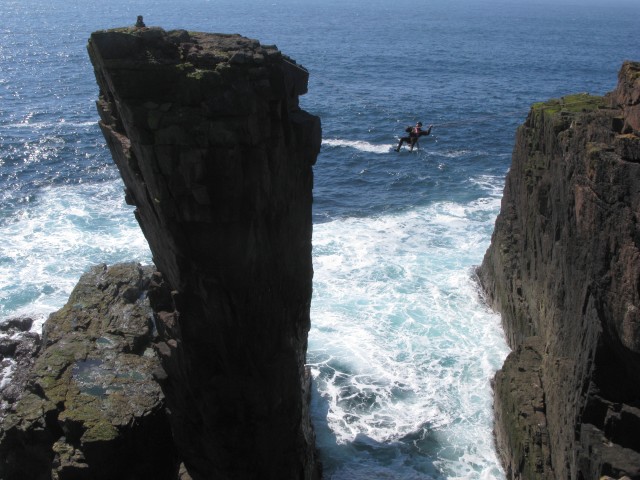
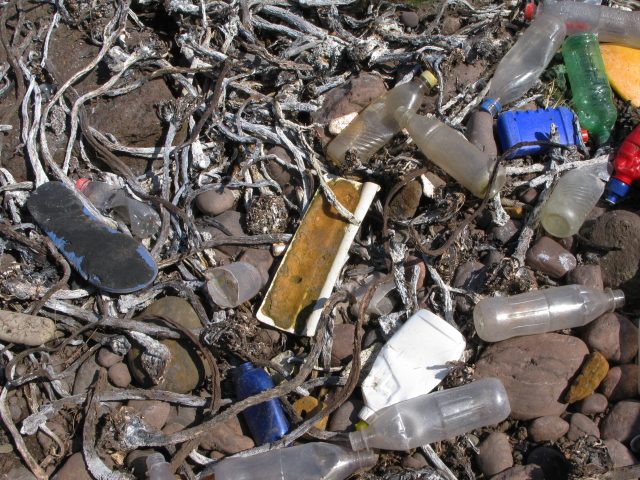
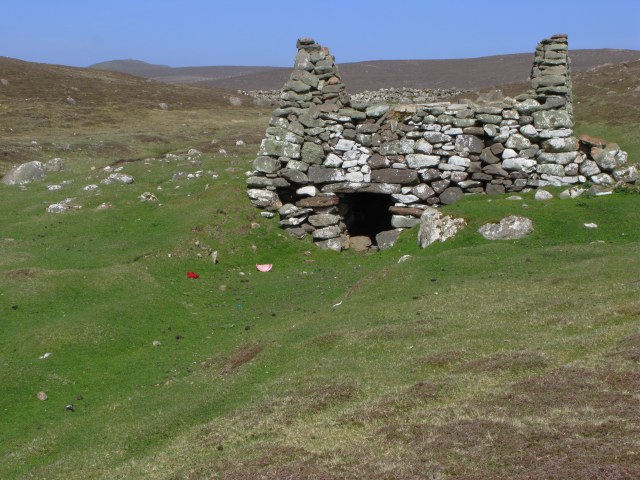
Virda Field is located at Grid Ref: HU1561 (Lat: 60.341163, Lng: -1.7256414)
Unitary Authority: Shetland Islands
Police Authority: Highlands and Islands
What 3 Words
///handrail.makes.carpets. Near Walls, Shetland Islands
Nearby Locations
Related Wikis
Papa Stour
Papa Stour (Scots: Papa Stour) is one of the Shetland Islands in Scotland, with a population of under fifteen people, some of whom immigrated after an...
Biggings
Biggings is a village on the island of Papa Stour, in Shetland, Scotland. Papa Stour's church is situated at the south of Biggings. A homestead of Duke...
Papa Stour Airstrip
Papa Stour Airstrip is a small airstrip in the village of Biggings on the island of Papa Stour. Shetland, Scotland. == History == Papa Stour Airstrip opened...
Maiden Stack
The Maiden Stack or Frau Stack is a tiny stack in the western Shetland Islands to the north of Brei Holm and east of Housa Voe in Papa Stour. It is so...
Have you been to Virda Field?
Leave your review of Virda Field below (or comments, questions and feedback).
